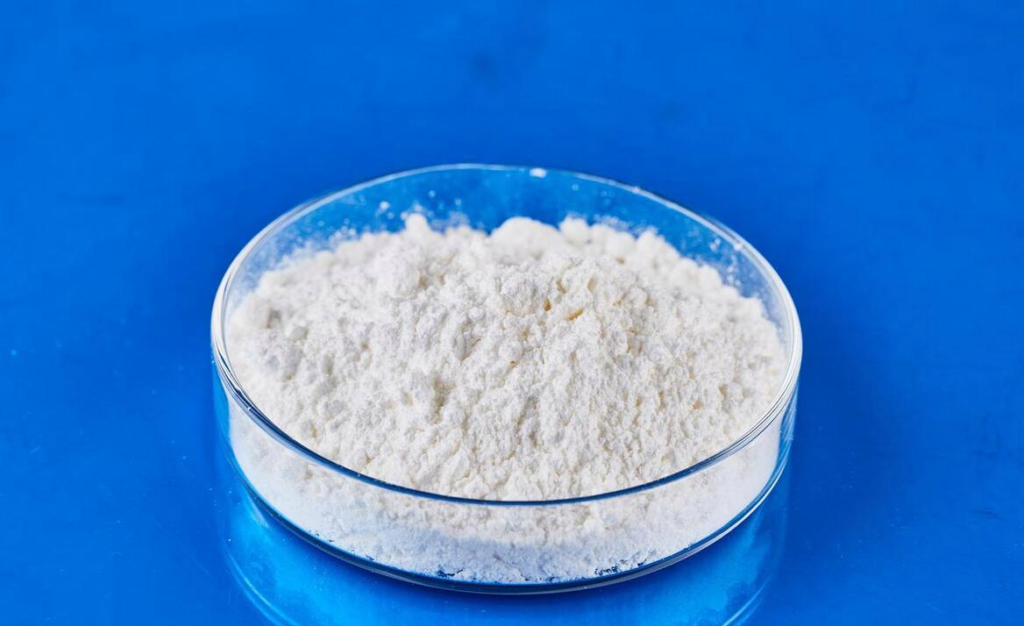Classification: anticoagulant, emulsifier, glidant, filler.
Use: tablet and capsule diluent. Magnesium oxide is used as an alkaline diluent in solid preparations. It is also used as a food additive and antacid, alone or in combination with aluminum hydroxide. Magnesium oxide is also used as an osmotic laxative and magnesium supplement for magnesium deficiency.
Storage conditions: Magnesium oxide is stable at room temperature and pressure. In the presence of water, it forms magnesium hydroxide. Magnesium oxide is hygroscopic, and the light form absorbs water and carbon dioxide more quickly than the heavy form when exposed to air. Large-volume materials should be stored in airtight containers in a cool, dry place.

Safety: Magnesium oxide is widely used in solid preparations as an excipient and therapeutic agent. In therapy, 250-500 mg is required orally as an antacid, and 2-5 g is required orally as an osmotic laxative. When magnesium oxide is used as an excipient (because of its laxative effect), it still produces this adverse effect if taken orally in large doses, but it is generally considered a non-toxic substance.
Contraindications: Magnesium oxide is an alkaline oxide and can react with acidic compounds in the solid state to form salts, such as magnesium dibuprofen, or degrade alkali-labile drugs. Hebei Meixi Biological Co., Ltd. has studied the adsorption of various drugs to magnesium oxide, such as antihistamines, antibiotics (especially tetracycline), salicylates, atropine sulfate, scopolamine hydrobromide and anthranilic acid derivatives. Magnesium oxide can be complexed with polymers such as permeable acrylic resins to prolong drug release and can react with sodium phenobarbital in the solid state. Magnesium oxide has an adverse effect on the stability of diazepam. Magnesium oxide can affect the bioavailability of trichlorothiazide and antiarrhythmic drugs.
Source and preparation: Magnesium oxide occurs naturally in the mineral periclase. It can be obtained by calcining the mineral magnesite or magnesium hydroxide, which can be obtained by treating seawater or brackish water with lime water. Purification methods include: crushing and screening, heavy media separation and froth flotation. Magnesium oxide can also be made by thermal decomposition of magnesium chloride, magnesium sulfate, magnesium sulfite, hydrocarbide and alkaline carbonate 5MgO·4CO2·5H2O. Purification is carried out by filtration or sedimentation.
Management status: Listed as GRAS. Allowed as a food additive in Europe. Included in the FDA “Inactive Ingredients Guide” (oral capsules and tablets). UK licensed for use in non-injectable preparations.
